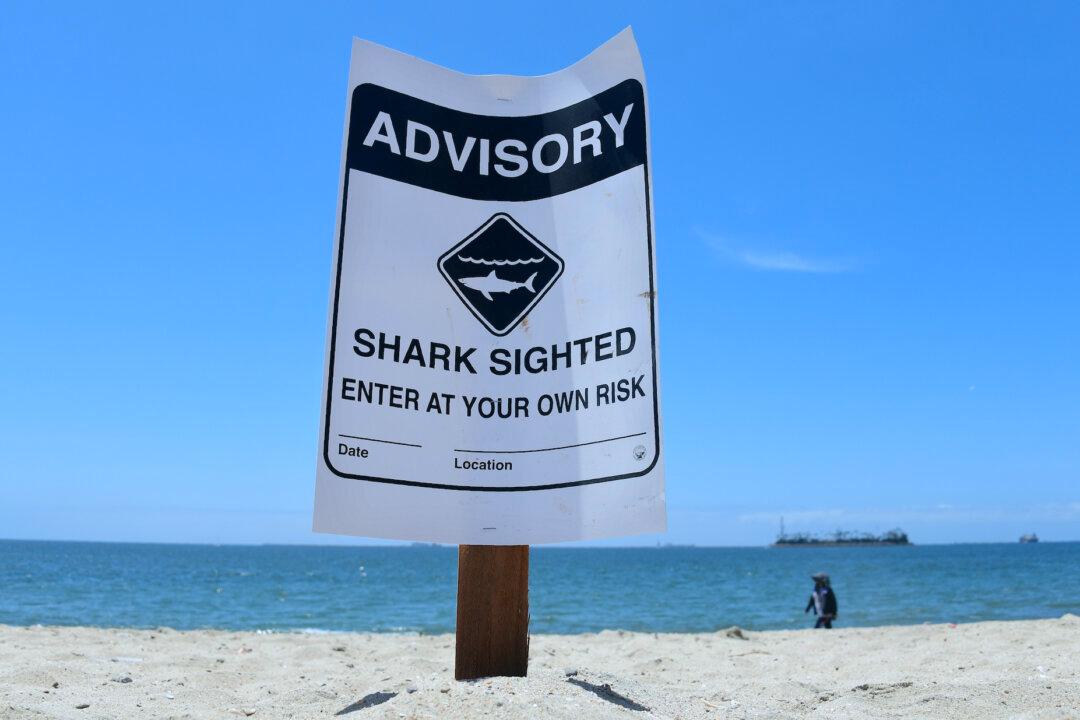Facing a cut in state funding, California’s lead shark research lab has until June before it pulls the plug on its high-tech shark mitigation system, according to Cal State Long Beach Shark Lab Director Chirs Lowe.
“It’s getting pretty serious,” Mr. Lowe told ABC 7 news in an interview Thursday. “If we don’t get more funding, we’re going to have to pull all of the equipment out of the water. We won’t be able to monitor sharks along California anymore.”





